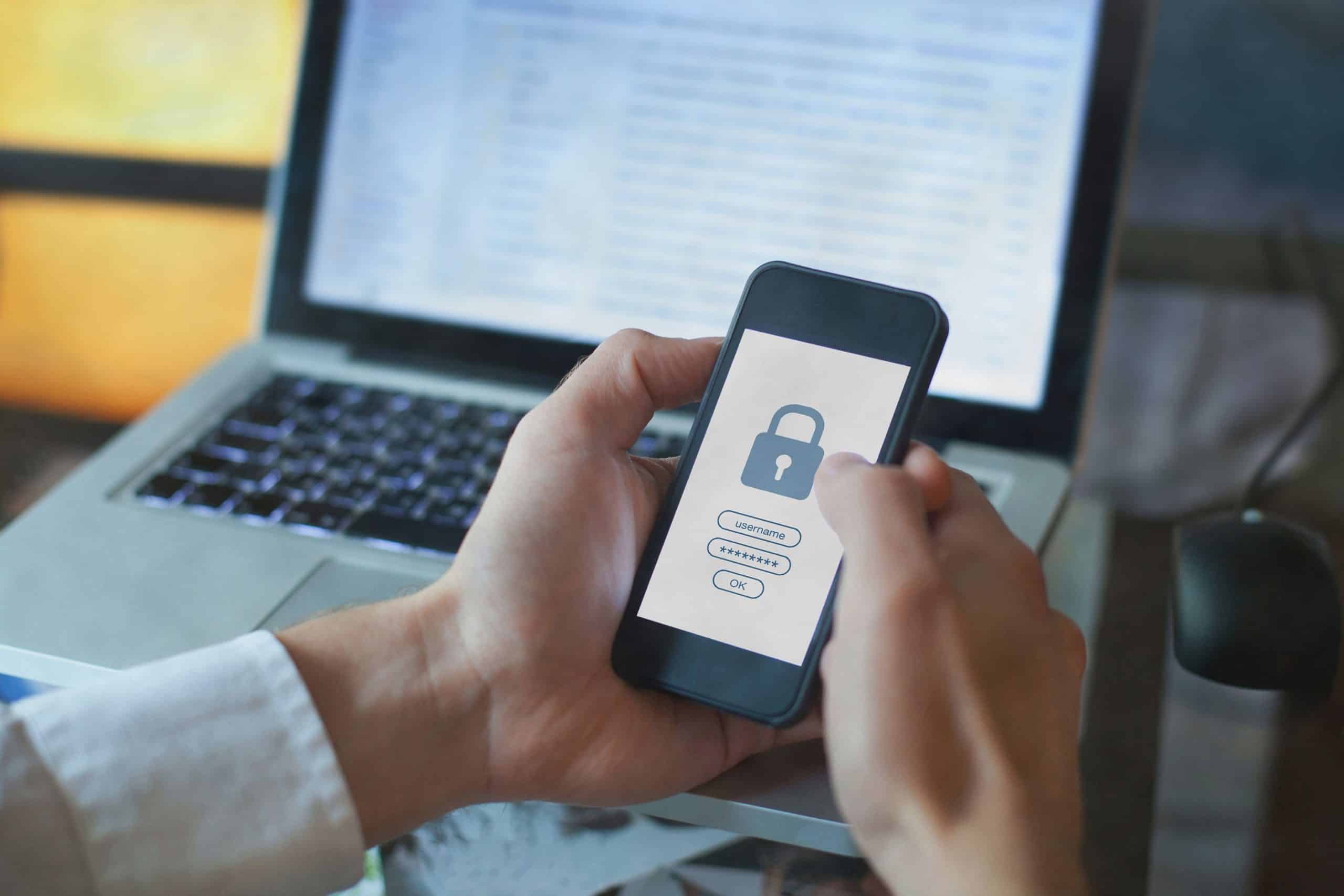In today’s digital age, cybersecurity is no longer a concern solely for tech experts—it’s a critical issue for everyone. As financial advisors working closely with physicians, we’ve witnessed a concerning rise in fraudulent activities targeting healthcare professionals. Cybercriminals are becoming more sophisticated, exploiting vulnerabilities and aiming to compromise sensitive personal and financial information.
Understanding the importance of robust cybersecurity measures is essential in protecting your your financial well-being. In this post, we’ll outline best practices that you can adopt to safeguard your data. By staying informed and proactive, you can fortify your defenses against these ever-evolving cyber threats.
Preventative Measures: Protecting Your Data
- Use unique passwords for all financial accounts (all banking, loan, and investment accounts), your company HR portal, your cell phone provider, and your email accounts. The easiest way for a hacker to gain access to these accounts is by lifting passwords from an unrelated website and then plugging them into banking and email platforms to see if they work. Reusing passwords puts you at higher risk of a security breach. A password manager (such as Keeper) can make this a lot easier to execute and track.
- Enable 2 Factor Authentication where available. This is where a text or email verification code is sent to authorize a new login to an account. It decreases the chances of someone gaining unauthorized access and we recommend you enable this feature on any platform that offers it.
- Freeze Your Credit. A credit check is required to take out debt or open a new credit line. Freezing your credit prevents someone from opening a new credit account in your name without your permission. You have to do this separately with each of the three credit bureaus – Experian, Transunion, and Equifax.
- Freeze New Account Openings. We’ve seen fraud that starts with the setup of an unauthorized bank account set up using stolen information. Go to ChexSystems to freeze the ability to open a bank account in your name without your permission.
- Monitor Account Alerts – particularly any communication from online banking and investment platforms that say your contact information has been changed. If someone gains access to your accounts and changes the phone number, email address, or address associated with your accounts, they may be able to then authorize transactions on your behalf. Please spot check account alerts and immediately address anything you don’t recognize!
- DO NOT click links in emails or text or provide personal information to anyone who calls you. If a company or institution calls, emails, or texts you and asks you to provide personal information or click a link to proceed, politely hang up and dial the number you know to be the institution. Or close the email and go to the URL you know to be the online login portal for the institution. Phishing is getting tougher to recognize, and an extra minute or two to slow down and verify could be the difference in protecting your financial accounts from a scam or other fraud.
Responding to a Data Breach: Steps to Take if Compromised
If you suspect you have been the victim of fraud, you can take the following actions –
- Report the fraud to the financial institution and follow their instructions.
- Contact the three major credit bureaus – Equifax, Experian, and Transunion, and put a fraud alert on your account as well as a freeze on your credit if you have not already.
- Freeze the opening of new accounts through ChexSystems if you have not already.
- Sweep your computer for malware.
- Change account passwords (assuming you do not identify any spyware or malware on your machine. Use unique passwords ideally 13 characters or more in length. Consider a password manager such as Keeper to stay organized.
- Enable 2 Factor Authentication on all accounts and a verbal password if available.
- Review activity on all of your financial accounts and report any unauthorized transactions.
- Add any heightened monitoring services to any financial accounts that offer this.
- Go to annualcreditreport.com to download and review your credit report for any unauthorized credit.
- Consider a credit monitoring or additional identify theft protection service during the next year.
To report the fraud or cybercrime, contact –
- Federal Trade Commission – all complaints
- Social Security Administration – if you believe your SSN has been compromised
Please reach out to your advisory team if you have questions or immediately upon seeing anything suspicious. We continue to do our best to remain vigilant on your behalf and are here to help you with any situations that arise.
For great information about cyber security and ways to protect yourself, be sure to check out our blog article, Good Practices for Home Internet Security.


